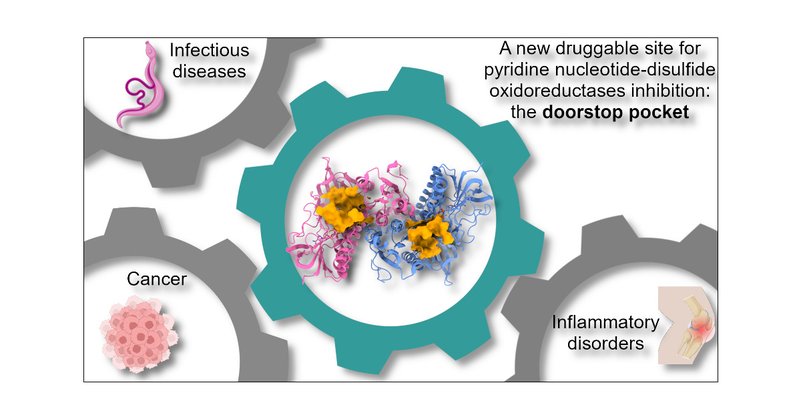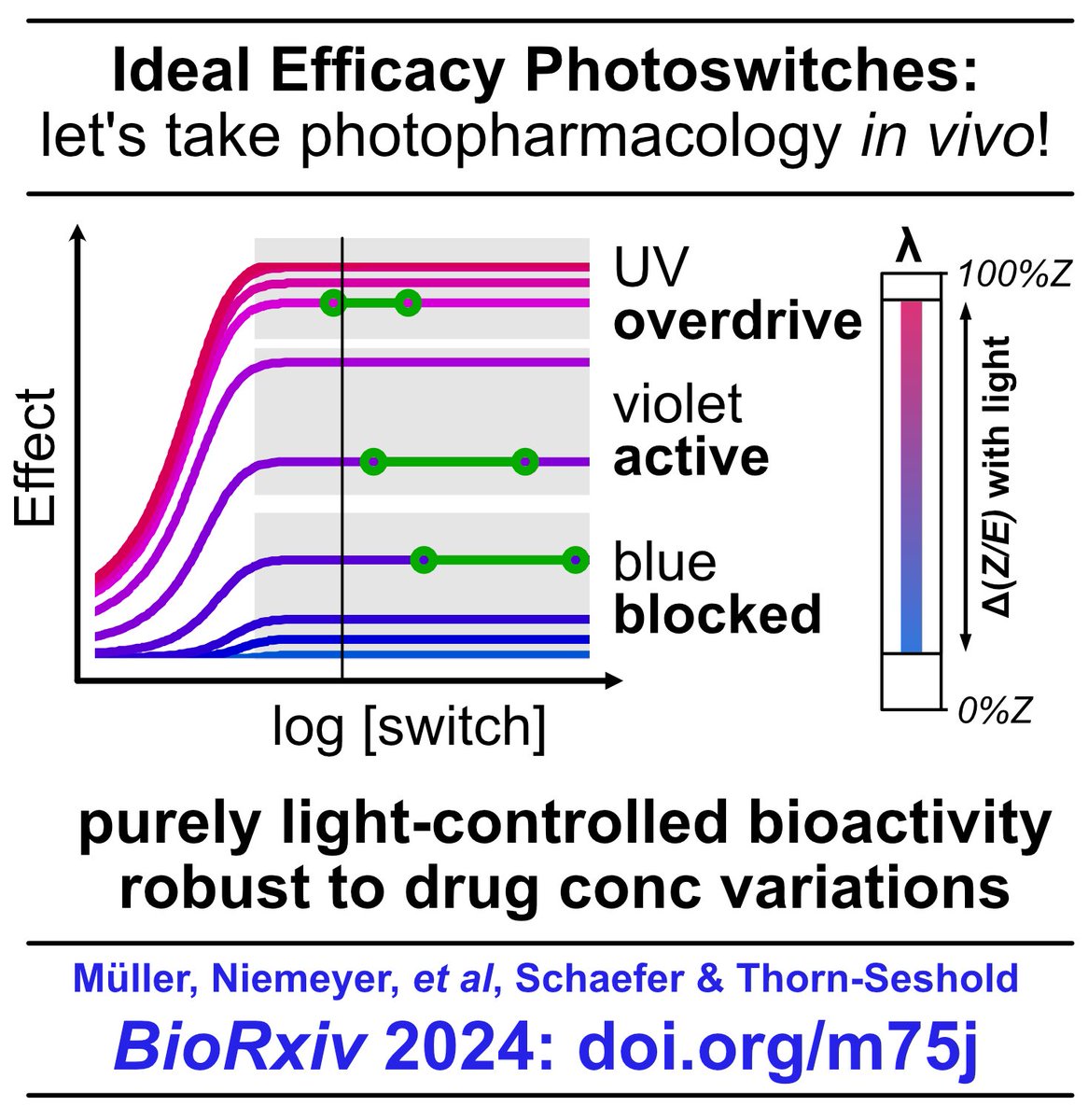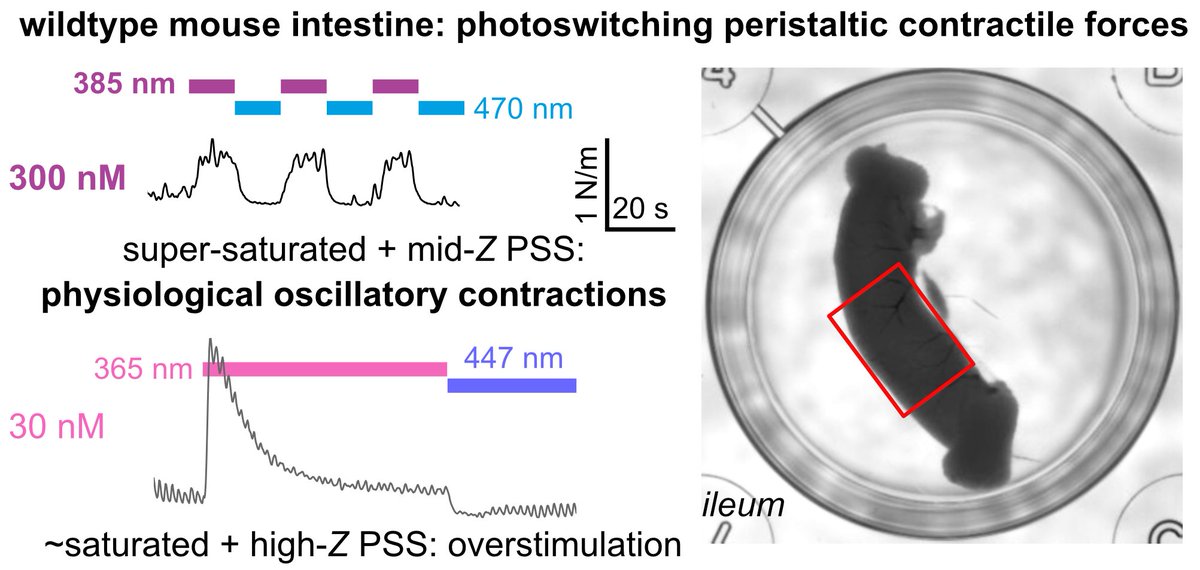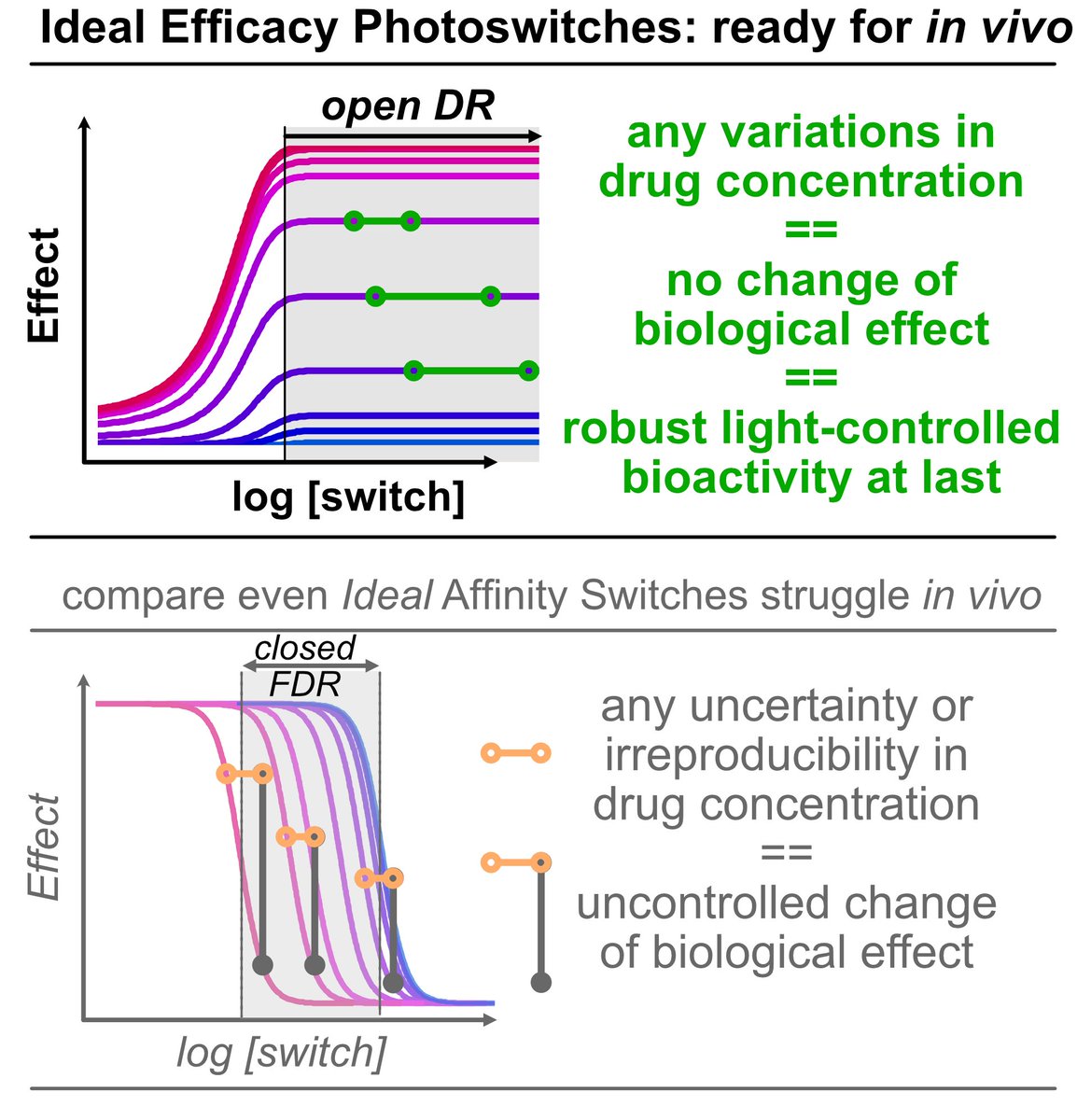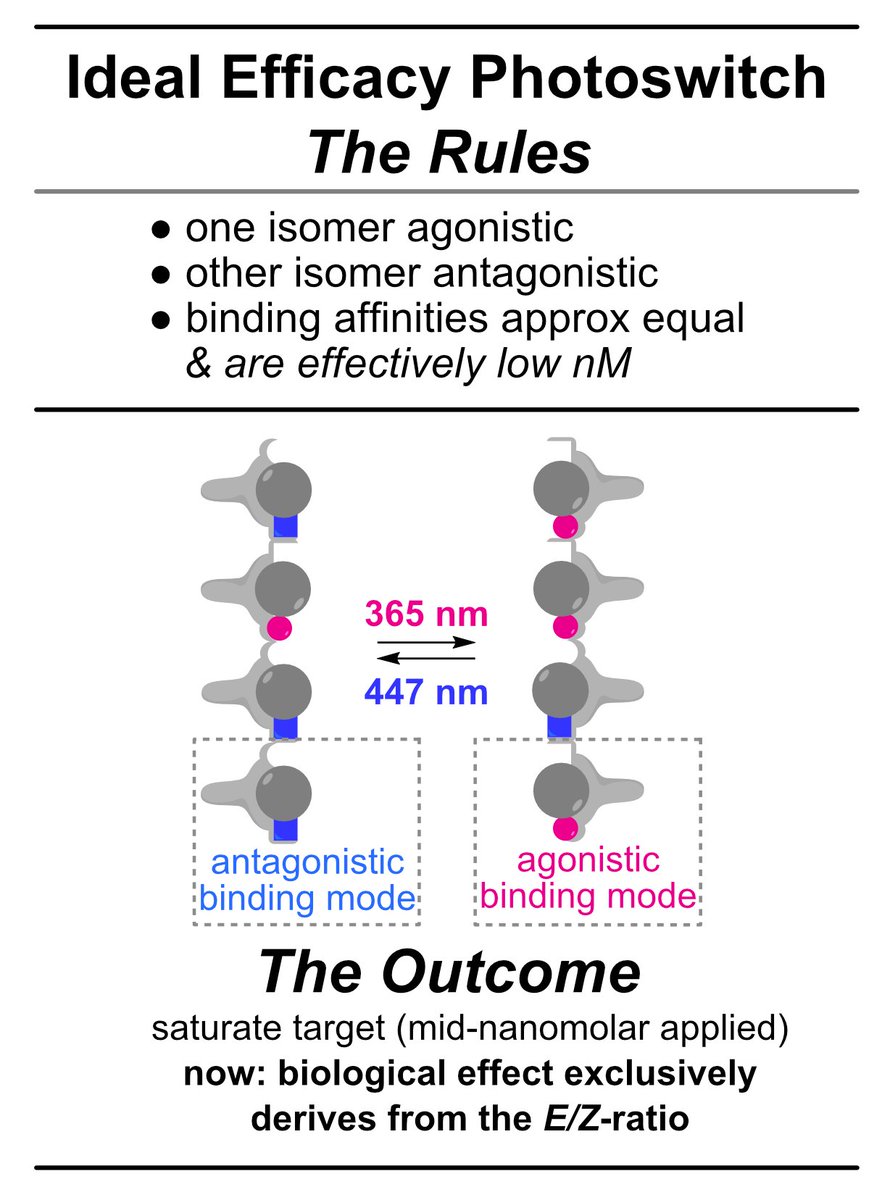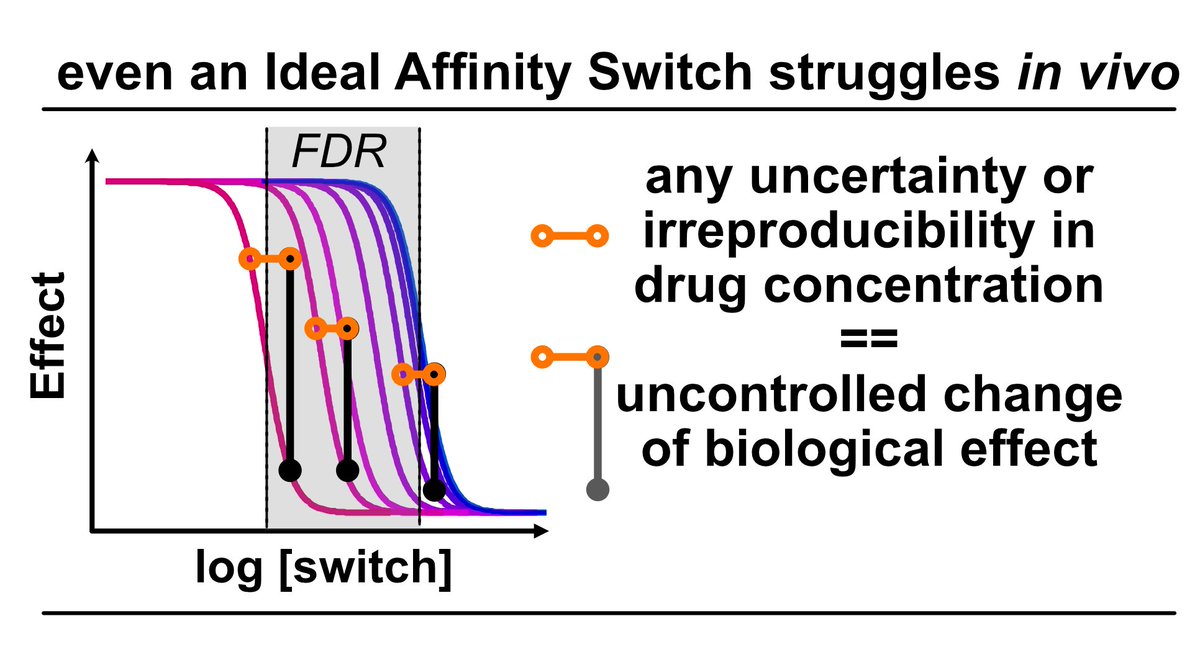
Thorn-Seshold Lab 🇺🇦
@ThornSesholdLab
Followers
1K
Following
932
Media
68
Statuses
354
Chemical Biology at TU Dresden: photocontrol, redox biology, & imaging. Formerly at LMU Munich. @thornsesholdlab.bsky.social
Dresden, Germany
Joined October 2019
@ blue skies, there is .a collection of 150 chemical biologist accounts to make it really easy to jump start your #ChemBio network. Why not at Twitter? :( no wonder people are leaving here.
1
5
14
Please retweet #realtimechem #FluorescenceFriday @MolSwitches @photopharma_lit @RealTimeChem to spread the news out to the #ChemBio and OC / probes world.
0
0
0
The details in this paper of the week! Phosphonorhodamines and lots of astute discussion from Evan Miller at UCB. Enjoy!. Hard to justify any more why we aren‘t using them as a default fluorophore… be warned…. #fluorescence_friday.
pubs.rsc.org
Since their discovery in 1887, rhodamines have become indispensable fluorophores for biological imaging. Recent studies have extensively explored heteroatom substitution at the 10′ position and a...
0
5
26
Want to photo-stabilise microtubules? just write and we can send you CouEpo. Some tool creation papers make new concepts. Others fill in the practical gaps for things that need to exist but don‘t yet. Carina‘s @angew_chem is one of those. Congrats!
2
8
72
RT @jenheemstra: Every person who you mentor is a unique individual, and none of them are you. Mentoring isn’t about sharing what you woul….
0
183
0
Paper of the week: a no-BS rundown of why most TrxR covalent inhibitors are poor quality, then a light towards high quality chemical probes for oxidorectases (doorstop pocket). Great @ACSBioMed J Med Chem by Angelucci, Williams & @PashaUIC . Enjoy -
pubs.acs.org
Pyridine nucleotide-disulfide oxidoreductases are underexplored as drug targets, and thioredoxin reductases (TrxRs) stand out as compelling pharmacological targets. Selective TrxR inhibition is...
0
0
6
RT @ChemistryViews: Unique Patterns of Thiol-Mediated Cellular Uptake: Two existing exchange networks and a new repressor pathway discovere….
0
1
0
RT @matile_group: In our new paper in ChemistryEurope - the upcoming GOA flagship journal of the European Chemical Societies - we explore c….
0
15
0
RT @Samba_Banala: Paper out! My project on new photocages with @rhodamine110 is published in @J_A_C_S. The new photocage (“ABC cage”) is us….
pubs.acs.org
Photoactivatable or “caged” pharmacological agents combine the high spatiotemporal specificity of light application with the molecular specificity of drugs. A key factor in all optopharmacology...
0
11
0
RT @angew_chem: Azobenzene molecular switches are repurposed for photoacoustic imaging: picosecond electronic relaxation drives thousand-fo….
onlinelibrary.wiley.com
The organic dyes used in photoacoustic imaging are often photobleachable and hard to quantify as they respond nonlinearly to excitation intensity. However, a systematic method that uses molecular...
0
8
0
Of course this builds on big shoulders; shoutouts to Rob Leurs, Pau Gorostiza, Michael Decker, Wiktor Szymanski, @FeringaLab, @DirkTrauner, James Frank, and many more (see Supp Info). Particularly Rob Leurs' 2019 work at 🧵8/n.
beilstein-journals.org
Beilstein-Institut
1
0
2



